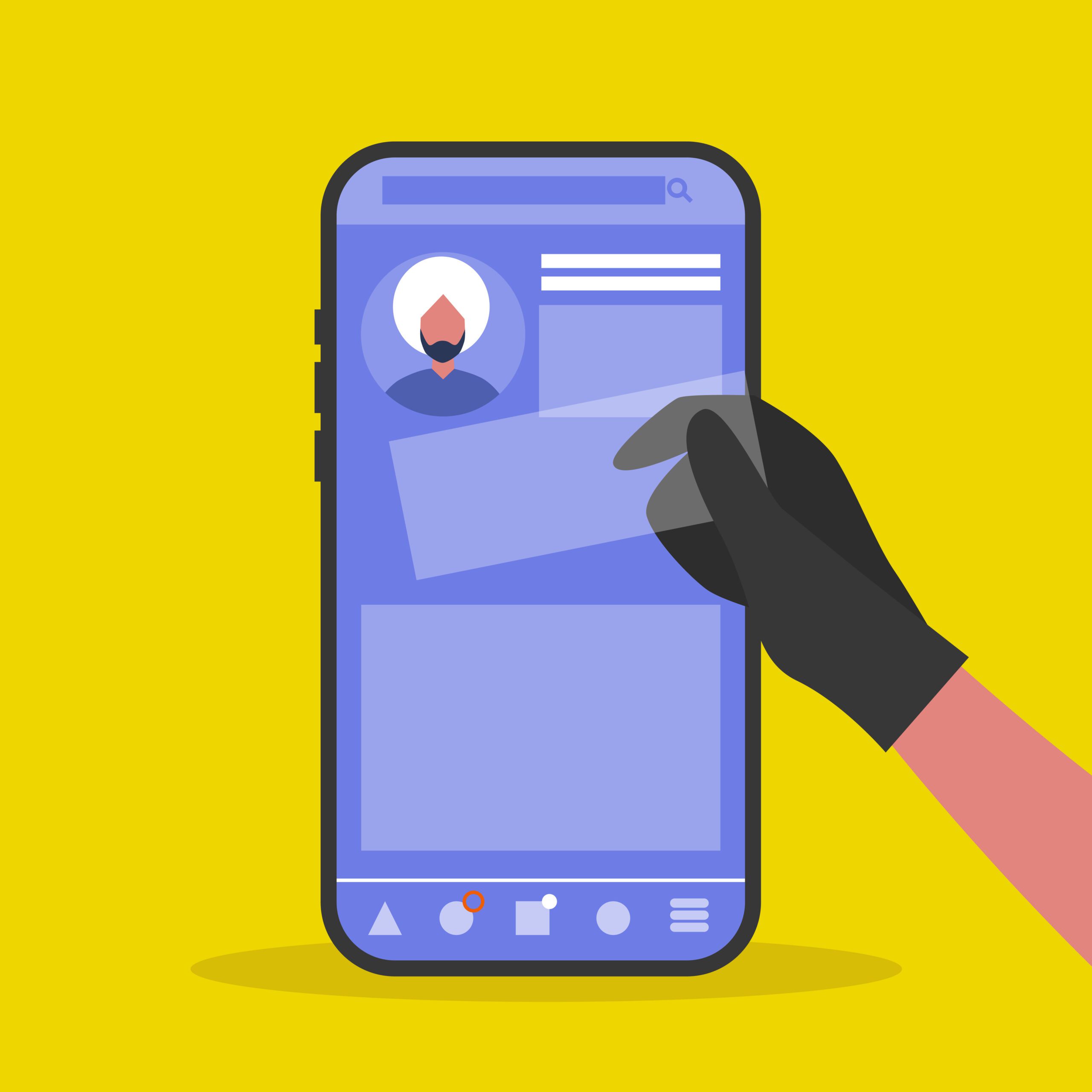Social media platforms provide fertile ground for multiple forms of cybercrime. Social media impersonation a common deception with a range of objectives and dangers.
Social media impersonation refers to the act of creating fake accounts or posing as someone else on social media platforms with the intention to deceive or defraud others. It involves using another person’s identity, photographs, or personal information without their consent to establish a false online presence. This impersonation can occur on various social platforms like Facebook, Twitter, Instagram, LinkedIn, and more.
The impersonator typically adopts the persona of the targeted individual, often imitating their writing style, interests, and even friends or followers to appear more authentic. They may also use the impersonated account to send messages or post content that can harm the reputation of the individual or deceive others for personal gain.
Social media impersonation can have serious consequences, both for the person being impersonated and for those who are deceived by the impersonator. It can lead to digital identity theft, cyberbullying, scams, harassment, or the spread of false information. Individuals and businesses may also suffer reputational damage when their name or brand is misused for malicious purposes.
It is important for individuals and organizations to be aware of social media impersonation and take proactive measures to protect themselves from this cybercrime. This can include monitoring their online presence regularly, reporting fake accounts to the respective social media platforms, educating employees about the risks, and implementing strict privacy settings on social media accounts.
In today’s digital world, social media impersonation has become a common threat, posing risks to individuals and businesses alike. Scammers can use your personal information to deceive others, damage your reputation, or even commit fraud. To protect yourself from social media impersonation, here are some essential steps to consider:
1. Strengthen your passwords: Ensure that your social media accounts have strong, unique passwords that are not easily guessable. It is recommended to use a combination of uppercase and lowercase letters, numbers, and special characters. Regularly update your passwords and avoid using the same password across multiple platforms.
2. Enable two-factor authentication (2FA): Two-factor authentication adds an extra layer of security by requiring a second verification step, such as a code sent to your mobile device, in addition to your password. Enable 2FA on all your social media accounts to prevent unauthorized access.
3. Be cautious with friend requests and messages: Avoid accepting friend requests or engaging in conversations with unknown individuals. Impersonators often create fake profiles and use social engineering techniques to gain your trust and convince you to respond. Be vigilant and verify the authenticity of requests before accepting or sharing any personal information.
4. Verify account authenticity: Major social media platforms offer verification badges for notable public figures and businesses. These badges indicate the authenticity of an account. Always look for these verification badges when interacting with accounts of celebrities or companies to ensure you are engaging with the genuine account.
5. Regularly review privacy settings: Social media platforms provide privacy settings that allow you to control who can see your posts, photos, and personal information. Take the time to review and adjust these settings to ensure that only trusted individuals have access to your content. Be cautious about sharing sensitive information publicly, as it can be easily exploited by impersonators.
6. Report suspicious activity: If you come across a suspicious account or receive suspicious messages, report them to the social media platform immediately. Most platforms have reporting mechanisms in place to address impersonation and other fraudulent activities. By reporting these incidents, you not only protect yourself but also help protect others from falling victim to impersonation.
7. Educate yourself and your employees: Stay informed about the latest social media impersonation techniques and educate yourself and your employees about them. By understanding the risks and being aware of common tactics used by impersonators, you can better protect yourself and your organization from falling prey to these scams.
8. Regularly monitor your online presence: Conduct regular checks on your social media accounts to ensure that there are no unauthorized activities or suspicious posts. If you notice any unusual activity, unauthorized changes to your account settings, or posts that you did not make, take immediate action to secure your account and report the incident to the platform.
9. Use a reputable security software: Install and regularly update security software on your devices to protect against malware, phishing attempts, and other online threats. This can help safeguard your personal information and prevent unauthorized access to your social media accounts.
10. Stay cautious and trust your instincts: If something feels off or too good to be true, it probably is. Be wary of requests for personally identifiable information or financial transactions, and never click on suspicious links or download unknown files. Remember, it’s better to be safe than sorry when it comes to protecting your online identity and security.
If you suspect that you have been impersonated on social media, here are some steps you can take to confirm and address the issue:
1. Conduct a thorough search: Start by searching your name or username on various social media platforms. Look for any accounts that share your name, profile picture, or personal information. Pay attention to small variations in spelling or additional characters that may indicate a fake account.
2. Check for suspicious activity: Review the activities associated with your genuine social media accounts. If you notice any posts, comments, or messages that you didn’t make or authorize, it could be a sign of impersonation.
3. Examine the account details: Analyze the profile details of the suspected impersonator. Look for incomplete or inconsistent information, such as missing profile pictures, limited connections or followers, and vague or unrelated personal information. These signs may indicate a fraudulent account.
4. Investigate the account’s interactions: Review the account’s interactions with others. If the impersonator is engaging in suspicious behavior, such as sending malicious links, spamming, or harassing individuals, it is a red flag that the account is not legitimate.
5. Report the impersonation: Most social media platforms have reporting mechanisms to deal with impersonation. Report the fake account to the platform by following their specific instructions.






